

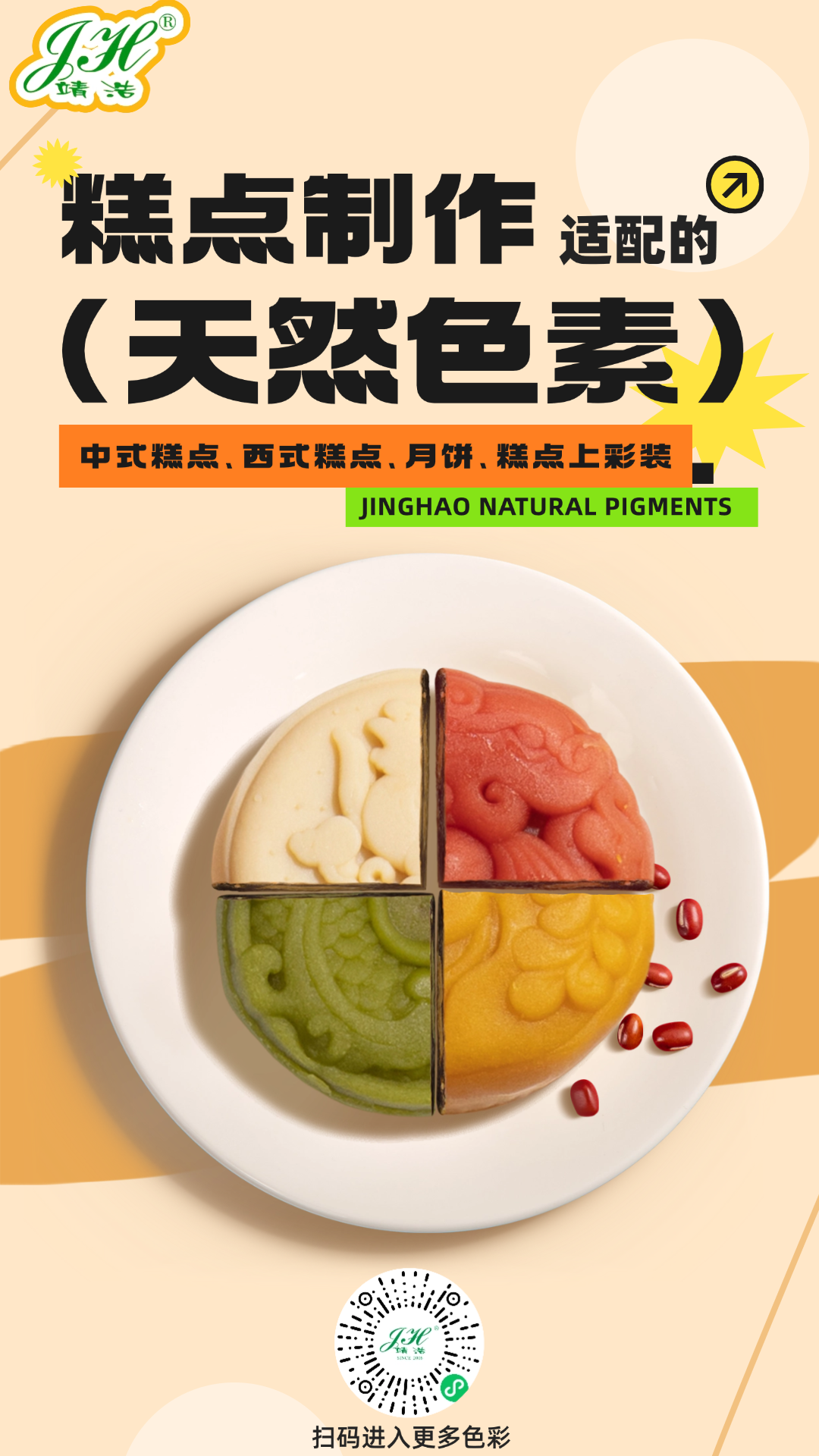

Vision is the most advanced among the five senses. If we currently aim to create mango-flavored pastries and make one white and the other yellow, consumers are more prone to purchase the one with the yellow color as yellow leads consumers to associate it more with the rich mango flavor.
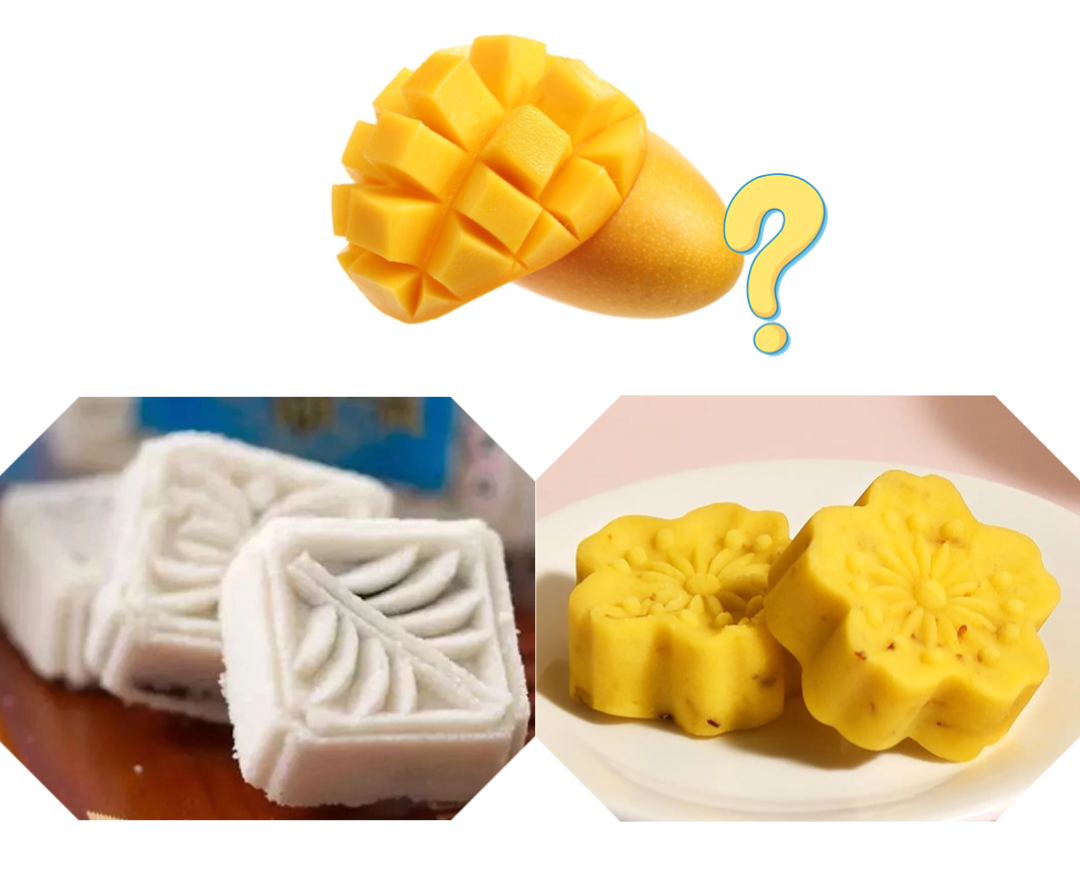
Wang Bei, the deputy dean of the School of Food and Health at Beijing Technology and Business University, stated in an interview with China Consumer News that during food processing and cooking, due to temperature variations, water loss or mechanical damage, endogenous natural pigments will undergo certain alterations, which might cause food to change color, fade or even become pale. Color changes, such as the "Browning" (darkening or turning brown) that occurs during the processing of fruits and vegetables, do not appear very appealing. Therefore, the food industry has to contemplate, when necessary, by adding food coloring - coloring agents to improve the deterioration of the natural color of food caused by processing, "repair" and enhance the sensory attributes of food, so that consumers have psychological pleasure and the desire to purchase when confronted with food.
If one desires to make the product safer, healthier and more in line with the consumption concept of modern consumers, natural pigments are the sole option for adding color to food.

According to the "GB 7099-2015 National Food Safety Standard Pastry and Bread", pastry (food classification number: 07.02) refers to the food made from one or several kinds of cereals, beans, potatoes, fats, sugars, eggs, etc. as the main raw materials, with or without the addition of other raw materials, through the processes of preparation, shaping, cooking, etc., and the food that adds cream, egg white, cocoa, jam, etc., on the surface of the product before or after cooking or inside the product after cooking.
In the production of Chinese pastries (except moon cakes) (food classification number: 07.02.01), Western pastries (food classification number: 07.02.02), moon cakes (food classification number: 07.02.03), the following natural pigments can be utilized:
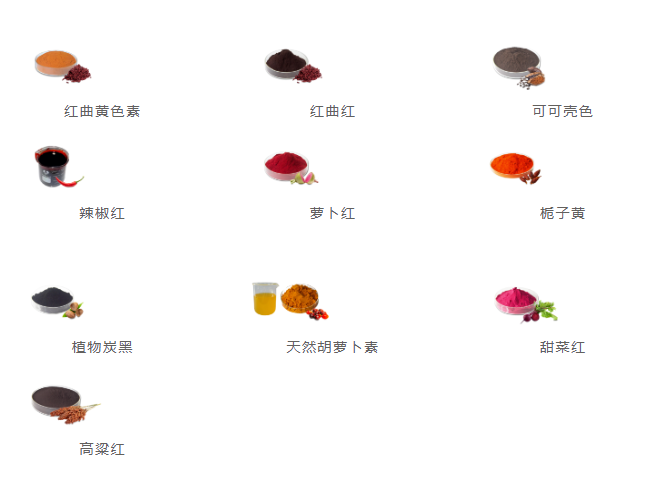
Chinese pastries (except moon cakes)(Food Classification Number: 07.02.01)
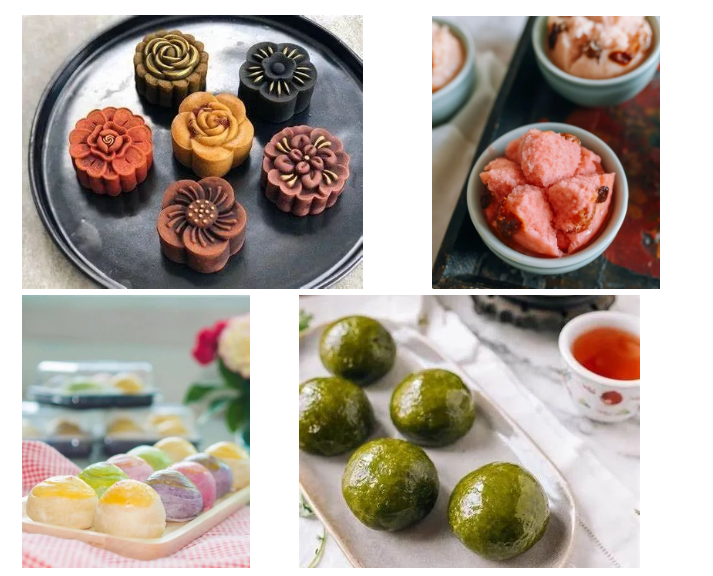
In the pastry category of Chinese pastries (except moon cakes), one can always observe rich colors due to the continuous innovation in the appearance and taste of traditional pastries.
Western pastries are mainly divided into small snacks, mixed crisps, cakes, etc. Cakes have always occupied the main position of Western cakes and are roughly classified as cream cakes, fruit cakes, ice cream cakes, etc. In recent years, the colors of Western cakes have gradually enriched and enjoying exquisite Western cakes has become one of the trends on social media.
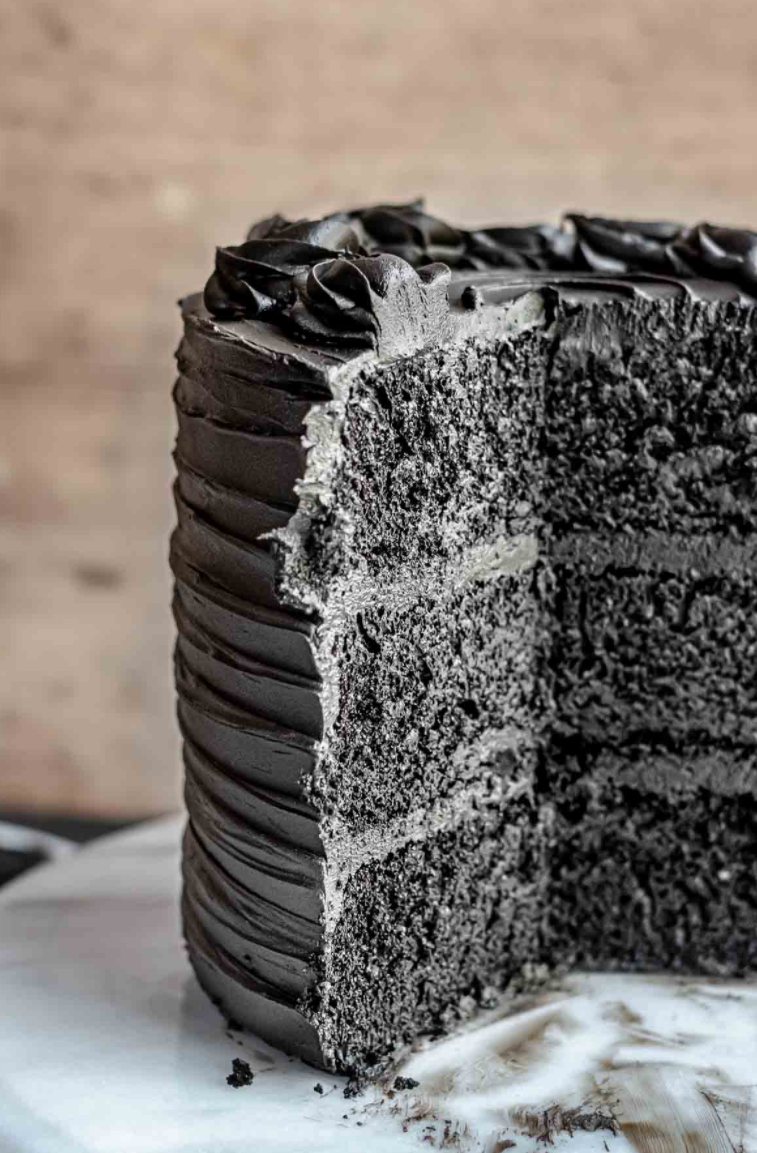
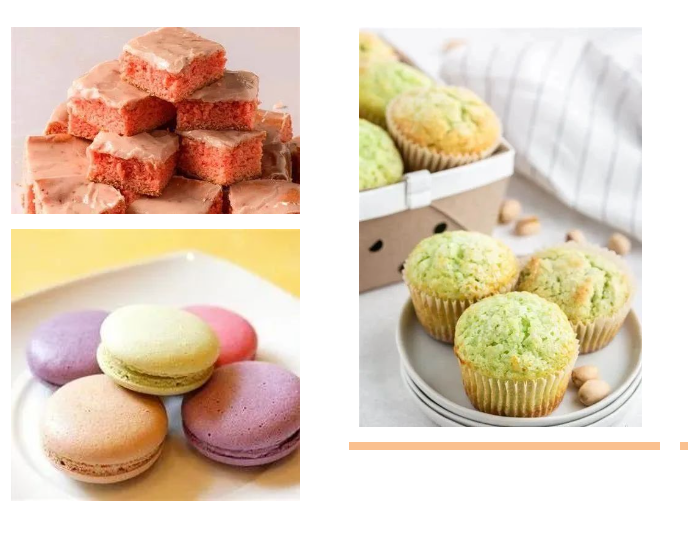
Moon cake, also known as moon ball, harvest cake, reunion cake, etc., is one of China's traditional Han foods. The modern new moon cake integrates with local food customs, and the development of the Cantonese, Jin style, Beijing, Su style, Chao style, Yunnan and other moon cakes, as well as the derivation of a variety of new and interesting appearances, is deeply loved by modern consumers.
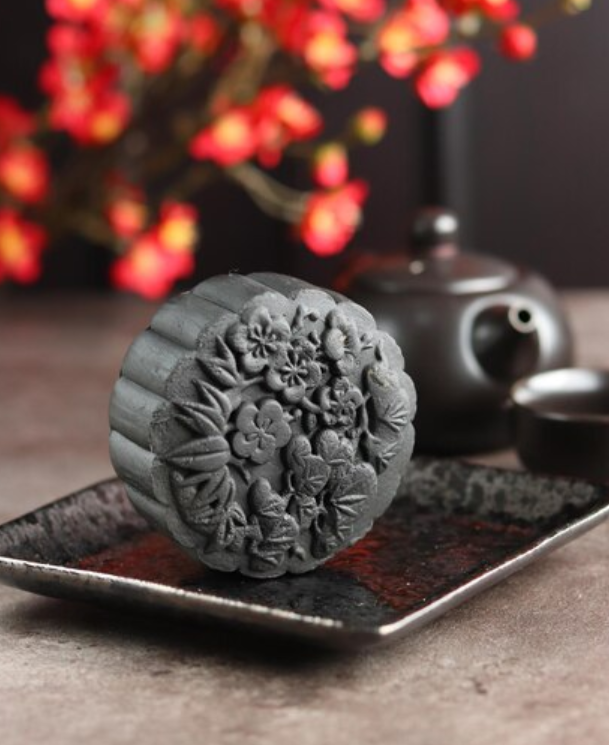
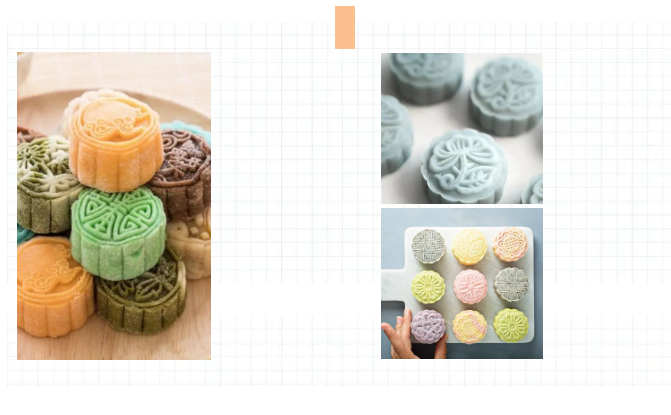
Pastry production in China has a long history. Coupled with the different raw materials used in different regions and different tastes, several schools have formed. Each school of pastry, in accordance with the local culture and current trends, innovates and upgrades the taste and appearance.




珠海靖浩生物科技有限公司 粵ICP備20042151號(hào) 站點(diǎn)地圖